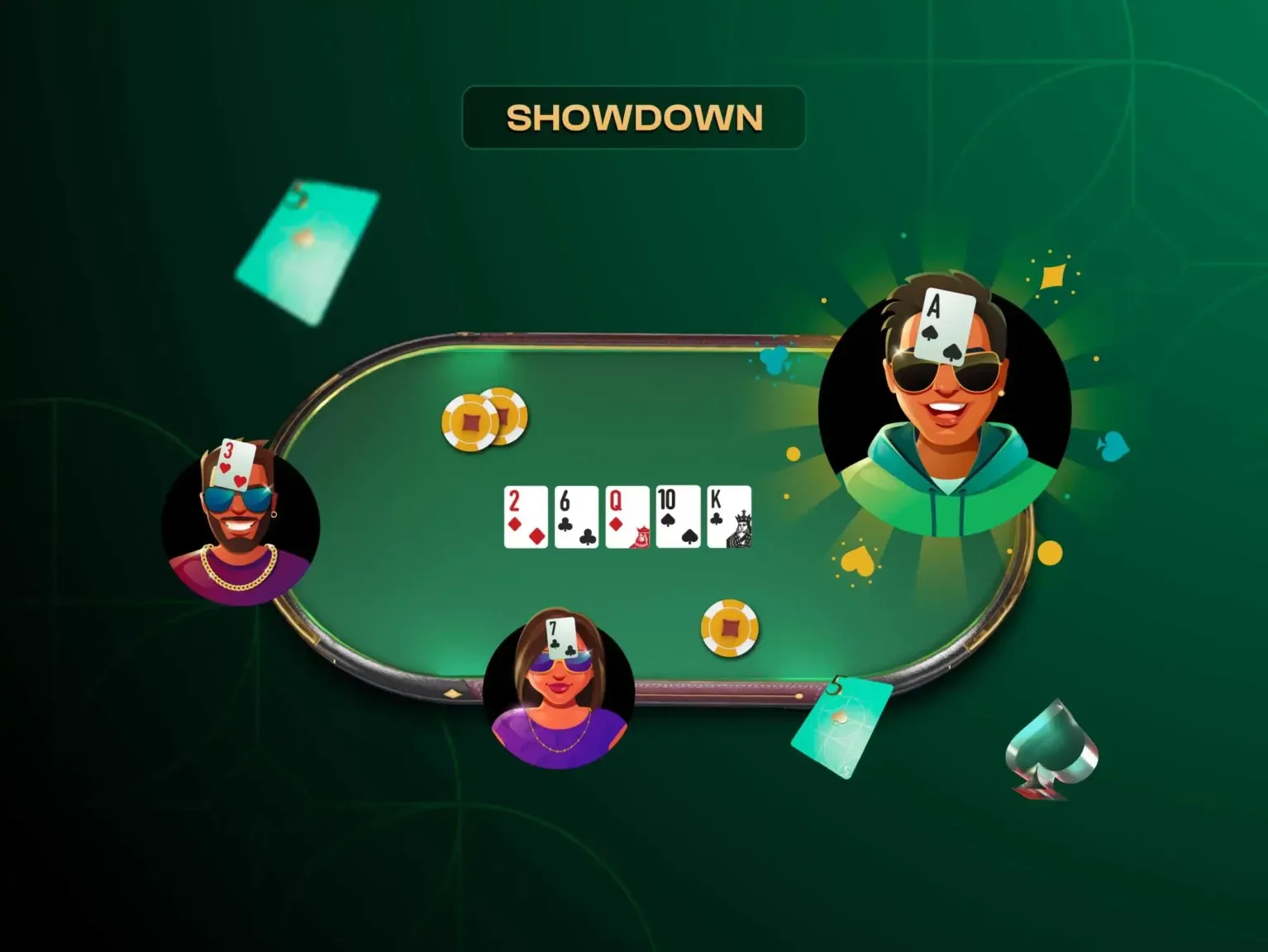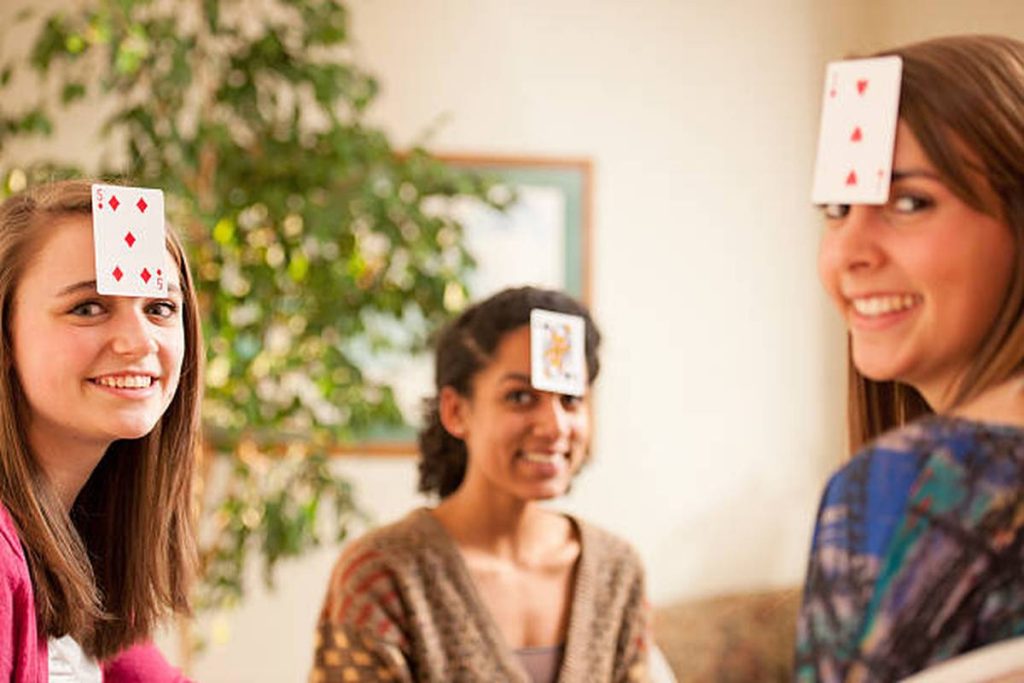Indian Poker is an exhilarating card game that blends luck, strategy, and psychological tactics. This game is often played casually, making it a great choice for social gatherings. Whether you’re a beginner or a seasoned card player for games like Teen Patti, learning how to play Indian Poker can add a new level of excitement to your game nights.
What Is Indian Poker?
Indian Poker, also known as “Blind Man’s Bluff,” is a game of incomplete information. Players cannot see their own card but can see everyone else’s, making it a test of bluffing skills. The goal is determining whether you have the highest-ranking card based on your opponents’ reactions.
Unlike traditional poker games, Indian Poker is played with minimal betting and requires strong observation skills. This makes it a thrilling and unpredictable experience that keeps players engaged.
Rules of Indian Poker

To play Indian Poker, you need a standard deck of 52 cards and a group of players. Each participant receives one card they place on their forehead without looking at it. The game follows a simple set of rules that dictate how players interact and bet.
- Each player draws a card and places it face-out on their forehead.
- Players can see everyone else’s cards but not their own, making judgment crucial.
- Betting rounds follow, where players decide to stay in the game or fold.
- The player with the highest card at the end of the round wins the pot.
The simplicity of these rules makes Indian Poker an easy game to learn but challenging to master. Players must rely on reading others’ expressions, body language, and confidence to gauge their own chances of winning.
How to Play Indian Poker: Step-by-Step Guide
Step 1: Gather Your Players and Set the Game
Indian Poker is best played with at least three participants to create an engaging experience. A standard deck of 52 playing cards is all you need to get started. Unlike traditional poker games, no community cards or complex strategies are required.
Step 2: Deal the Cards
Each player receives one card, which they must place on their forehead without looking at it. The card’s position allows everyone else at the table to see its value. This is where the fun begins, as players react to the visible cards while remaining unaware of their own.
Step 3: Start the Betting Round
Players now decide whether to bet, call, raise, or fold based on what they see. Betting is often minimal, but it adds an element of risk and excitement. The key strategy here is bluffing—acting confident when holding a weak card or pretending to be uncertain when having a strong one.
Step 4: Reveal the Cards and Determine the Winner
Players reveal their cards once all bets are placed to see who has the highest value. The player with the best card wins the pot, while others assess their betting decisions. This moment creates suspense and laughter, making Indian Poker a favorite among casual card players.
Strategies to Win at Indian Poker
Master the Art of Bluffing
Since you can see your opponents’ cards, bluffing becomes a crucial skill in Indian Poker. Act confidently when they have weak hands to pressure them into folding. Keeping a straight face when holding a weak card can also help you stay in the game longer.
Observe Opponents’ Reactions
Pay close attention to facial expressions and betting patterns. If players hesitate before betting, they might have a lower-value card. Experienced players use these observations to make smarter decisions and outplay their opponents.
Control Your Betting Decisions
Avoid reckless bets, especially if you notice strong reactions from others. Sometimes, folding early can save you from unnecessary losses. Playing cautiously while maintaining a confident demeanor is key to long-term success.
Why Indian Poker Is a Must-Try Game
Indian Poker is easy to learn, making it perfect for beginners who want to enjoy a simple yet engaging card game. It requires no advanced poker knowledge, making it accessible to all age groups. The psychological aspect of the game keeps players entertained, ensuring a lively and competitive atmosphere.
The game’s unpredictability ensures that no two rounds feel the same, keeping the excitement levels high. Whether you play for fun or introduce small stakes, Indian Poker guarantees a thrilling experience for everyone involved.
Conclusion
Indian Poker is a game of wit, bluffing, and strategic thinking that offers endless entertainment. Its simplicity and the challenge of reading opponents make it a standout card game. If you’re looking for a fun and social card game, Indian Poker is an excellent choice to add to your gaming sessions.


